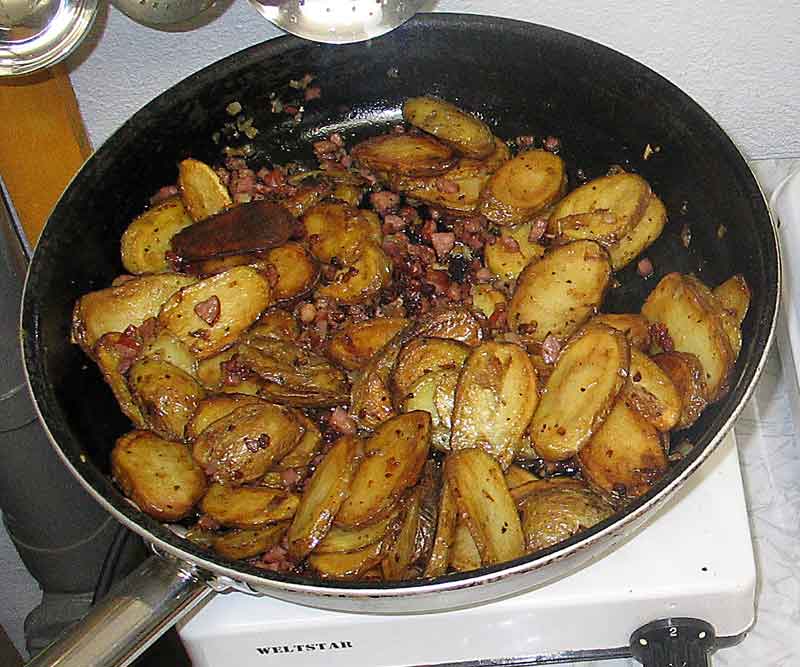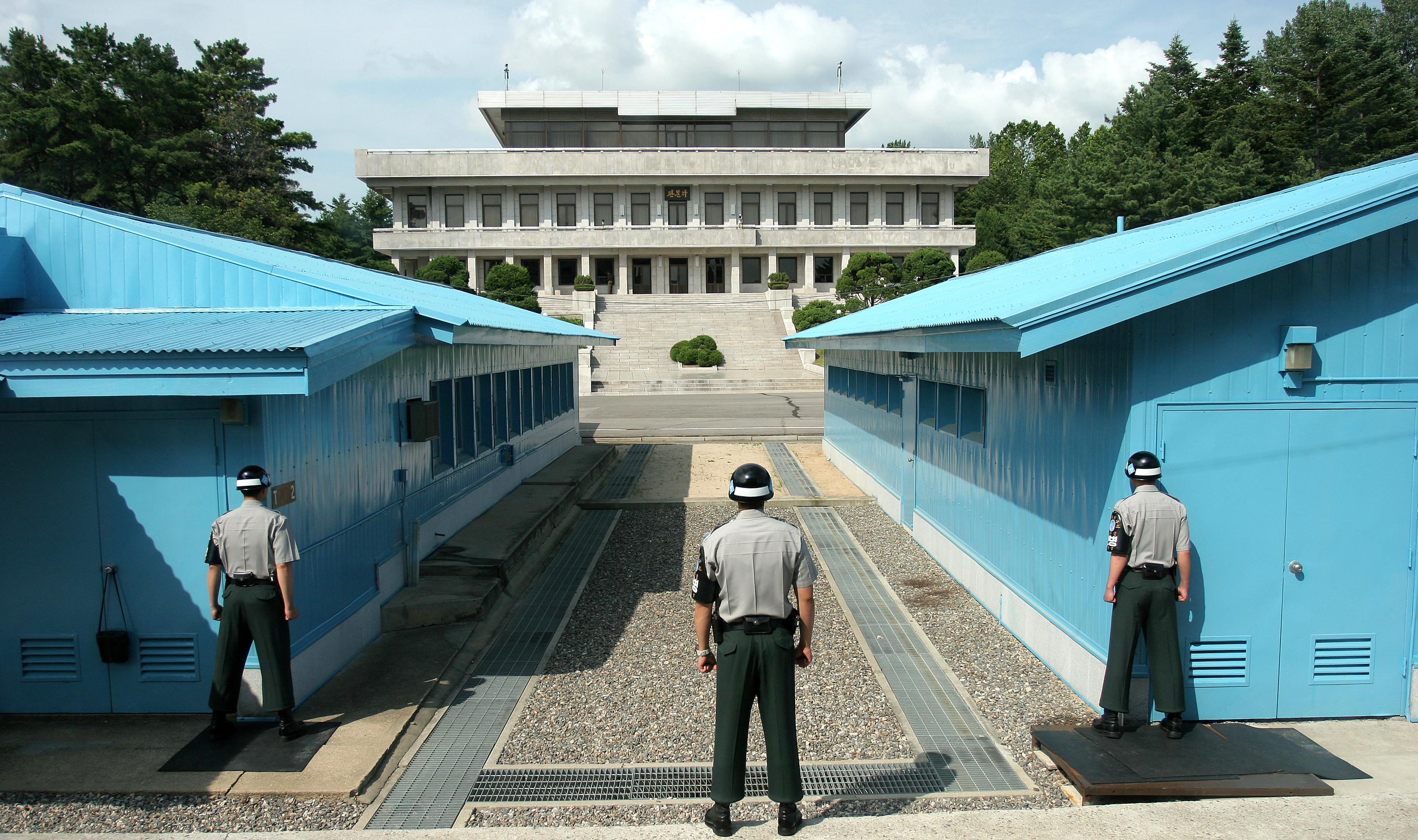|
European Sensory Network
The European Sensory Network (ESN) is an international association of leading academic and research institutions in the field of sensory and consumer sciencesESN membersshare their knowledge and expertise and work towards standard methodologies. The network was founded in 1989 to meet the challenge of the rapidly developing science of sensory analysis. Aims The aims of the European Sensory Network are: * to further the development and application of sensory science in Europe * to improve sensory and consumer testing methodology for the benefit of the European food and non-food industry, e.g. by ensuring rapid feedback on research results of practical relevance to the industry * to promote the application of sensory analysis in the industry; e.g. by in-house training and seminars Activities ESN activities cover the following areas: * Internal meetings to exchange experiences, to raise and discuss methodological questions, and to create new concepts and plans for co-operative ... [...More Info...] [...Related Items...] OR: [Wikipedia] [Google] [Baidu] |
Logo 2007 72dpi
A logo (abbreviation of logotype; ) is a graphic mark, emblem, or symbol used to aid and promote public identification and recognition. It may be of an abstract or figurative design or include the text of the name it represents as in a wordmark. In the days of hot metal typesetting, a logotype was one word cast as a single piece of type (e.g. "The" in ATF Garamond), as opposed to a ligature, which is two or more letters joined, but not forming a word. By extension, the term was also used for a uniquely set and arranged typeface or colophon. At the level of mass communication and in common usage, a company's logo is today often synonymous with its trademark or brand.Wheeler, Alina. ''Designing Brand Identity'' © 2006 John Wiley & Sons, Inc. (page 4) Etymology Douglas Harper's Online Etymology Dictionary states that the term 'logo' used in 1937 "probably a shortening of logogram". History Numerous inventions and techniques have contributed to the contemporary logo, includ ... [...More Info...] [...Related Items...] OR: [Wikipedia] [Google] [Baidu] |
Academic Institution
Academic institution is an educational institution dedicated to education and research, which grants academic degrees. See also academy and university. Types * Primary schools – (from French ''école primaire'') institutions where children receive the first stage of compulsory education known as primary or elementary education. ''Primary school'' is the preferred term in the United Kingdom and many Commonwealth Nations, and in most publications of the United Nations Educational, Scientific, and Cultural Organization (UNESCO). In some countries, and especially in North America, the term ''elementary school'' is preferred. Children generally attend primary school from around the age of four or five until the age of eleven or twelve. * Secondary schools – institutions where the final stage of compulsory schooling, known as secondary education, takes place. It follows on from primary or elementary education. There are many different types of secondary school and the ter ... [...More Info...] [...Related Items...] OR: [Wikipedia] [Google] [Baidu] |
Research Institute
A research institute, research centre, research center or research organization, is an establishment founded for doing research. Research institutes may specialize in basic research or may be oriented to applied research. Although the term often implies natural science research, there are also many research institutes in the social science as well, especially for sociological and historical research purposes. Famous research institutes In the early medieval period, several astronomical observatories were built in the Islamic world. The first of these was the 9th-century Baghdad observatory built during the time of the Abbasid caliph al-Ma'mun, though the most famous were the 13th-century Maragheh observatory, and the 15th-century Ulugh Beg Observatory. The Kerala School of Astronomy and Mathematics was a school of mathematics and astronomy founded by Madhava of Sangamagrama in Kerala, India. The school flourished between the 14th and 16th centuries and the original disc ... [...More Info...] [...Related Items...] OR: [Wikipedia] [Google] [Baidu] |
Consumer Science
Home economics, also called domestic science or family and consumer sciences, is a subject concerning human development, personal and family finances, consumer issues, housing and interior design, nutrition and food preparation, as well as textiles and apparel. Much less common today, it was and is most commonly taught in high school. Home economics courses are offered around the world and across multiple educational levels. Historically, the purpose of these courses was to professionalize housework, to provide intellectual fulfillment for women, and to emphasize the value of "women's work" in society and to prepare them for the traditional roles of sexes. Family and consumer sciences are taught as an elective or required course in secondary education, as a continuing education course in institutions, and at the primary level. Beginning as home economics in the United States, the course was a key part of the education system for teaching one the art of taking care of a househ ... [...More Info...] [...Related Items...] OR: [Wikipedia] [Google] [Baidu] |
Sensory Analysis
Sensory analysis (or sensory evaluation) is a scientific discipline that applies principles of experimental design and statistical analysis to the use of human senses (sight, smell, taste, touch and hearing) for the purposes of evaluating consumer products. The discipline requires panels of human assessors, on whom the products are tested, and recording the responses made by them. By applying statistical techniques to the results it is possible to make inferences and insights about the products under test. Most large consumer goods companies have departments dedicated to sensory analysis. Sensory analysis can mainly be broken down into three sub-sections: * Analytical testing (dealing with objective facts about products) * Affective testing (dealing with subjective facts such as preferences) * Perception (the biochemical and psychological aspects of sensation) Analytical testing This type of testing is concerned with obtaining ''objective facts'' about products. This could ran ... [...More Info...] [...Related Items...] OR: [Wikipedia] [Google] [Baidu] |
Europe
Europe is a large peninsula conventionally considered a continent in its own right because of its great physical size and the weight of its history and traditions. Europe is also considered a subcontinent of Eurasia and it is located entirely in the Northern Hemisphere and mostly in the Eastern Hemisphere. Comprising the westernmost peninsulas of Eurasia, it shares the continental landmass of Afro-Eurasia with both Africa and Asia. It is bordered by the Arctic Ocean to the north, the Atlantic Ocean to the west, the Mediterranean Sea to the south and Asia to the east. Europe is commonly considered to be separated from Asia by the watershed of the Ural Mountains, the Ural River, the Caspian Sea, the Greater Caucasus, the Black Sea and the waterways of the Turkish Straits. "Europe" (pp. 68–69); "Asia" (pp. 90–91): "A commonly accepted division between Asia and Europe ... is formed by the Ural Mountains, Ural River, Caspian Sea, Caucasus Mountains, and the Blac ... [...More Info...] [...Related Items...] OR: [Wikipedia] [Google] [Baidu] |
European Cuisine
European cuisine comprises the cuisines of Europe "European Cuisine." . Accessed July 2011. [...More Info...] [...Related Items...] OR: [Wikipedia] [Google] [Baidu] |
Seminar
A seminar is a form of academic instruction, either at an academic institution or offered by a commercial or professional organization. It has the function of bringing together small groups for recurring meetings, focusing each time on some particular subject, in which everyone present is requested to participate. This is often accomplished through an ongoing Socratic dialogue with a seminar leader or instructor, or through a more formal presentation of research. It is essentially a place where assigned readings are discussed, questions can be raised and debates can be conducted. Etymology The word ''seminar'' was borrowed from German (always capitalized, as a common noun, as ''Seminar''), and is ultimately derived from the Latin word ''seminarium'', meaning "seed plot" (an old-fashioned term for “ seedbed”). Its root word is ''semen'' (Latin for "seed"). Overview The term ''seminar'' is also used to describe a research talk, often given by a visiting researcher and primaril ... [...More Info...] [...Related Items...] OR: [Wikipedia] [Google] [Baidu] |
Border
Borders are usually defined as geographical boundaries, imposed either by features such as oceans and terrain, or by political entities such as governments, sovereign states, federated states, and other subnational entities. Political borders can be established through warfare, colonization, or mutual agreements between the political entities that reside in those areas; the creation of these agreements is called boundary delimitation. Some borders—such as most states' internal administrative borders, or inter-state borders within the Schengen Area—are open and completely unguarded. Most external political borders are partially or fully controlled, and may be crossed legally only at designated border checkpoints; adjacent border zones may also be controlled. Buffer zones may be setup on borders between belligerent entities to lower the risk of escalation. While ''border'' refers to the boundary itself, the area around the border is called the frontier. Histo ... [...More Info...] [...Related Items...] OR: [Wikipedia] [Google] [Baidu] |
Food Contact Materials
Food contact materials are materials that are intended to be in contact with food. These can be things that are quite obvious like a glass or a can for soft drinks as well as machinery in a food factory or a coffee machine. Food contact materials can be constructed from a variety of materials, including plastics, rubber, paper, coatings, metal, etc. In many cases, a combination is used; for example, a carton box for juices can include (from the inside to the outside) a plastic layer, aluminum, paper, printing, and top coating. During contact with the food, molecules can migrate from the food contact material to the food, for example, via blooming. Because of this, in many countries, regulations are made to ensure food safety. Food safe symbol The international symbol for "food safe" material is a wine glass and a fork symbol. The symbol indicates that the material used in the product is considered safe for food contact. This includes food and water containers, packaging mate ... [...More Info...] [...Related Items...] OR: [Wikipedia] [Google] [Baidu] |
Paper
Paper is a thin sheet material produced by mechanically or chemically processing cellulose fibres derived from wood, Textile, rags, poaceae, grasses or other vegetable sources in water, draining the water through fine mesh leaving the fibre evenly distributed on the surface, followed by pressing and drying. Although paper was originally made in single sheets by hand, almost all is now made on large machines—some making reels 10 metres wide, running at 2,000 metres per minute and up to 600,000 tonnes a year. It is a versatile material with many uses, including printing, painting, graphics, signage, design, packaging, decorating, writing, and Housekeeping, cleaning. It may also be used as filter paper, wallpaper, book endpaper, conservation paper, laminated worktops, toilet tissue, or currency and security paper, or in a number of industrial and construction processes. The papermaking process developed in east Asia, probably China, at least as early as 105 Common Era, CE, by t ... [...More Info...] [...Related Items...] OR: [Wikipedia] [Google] [Baidu] |




